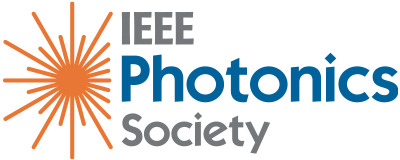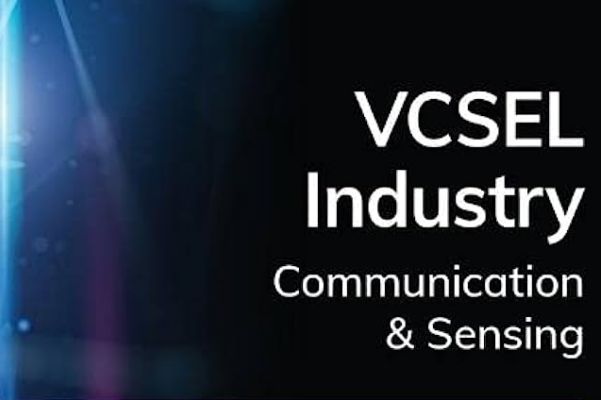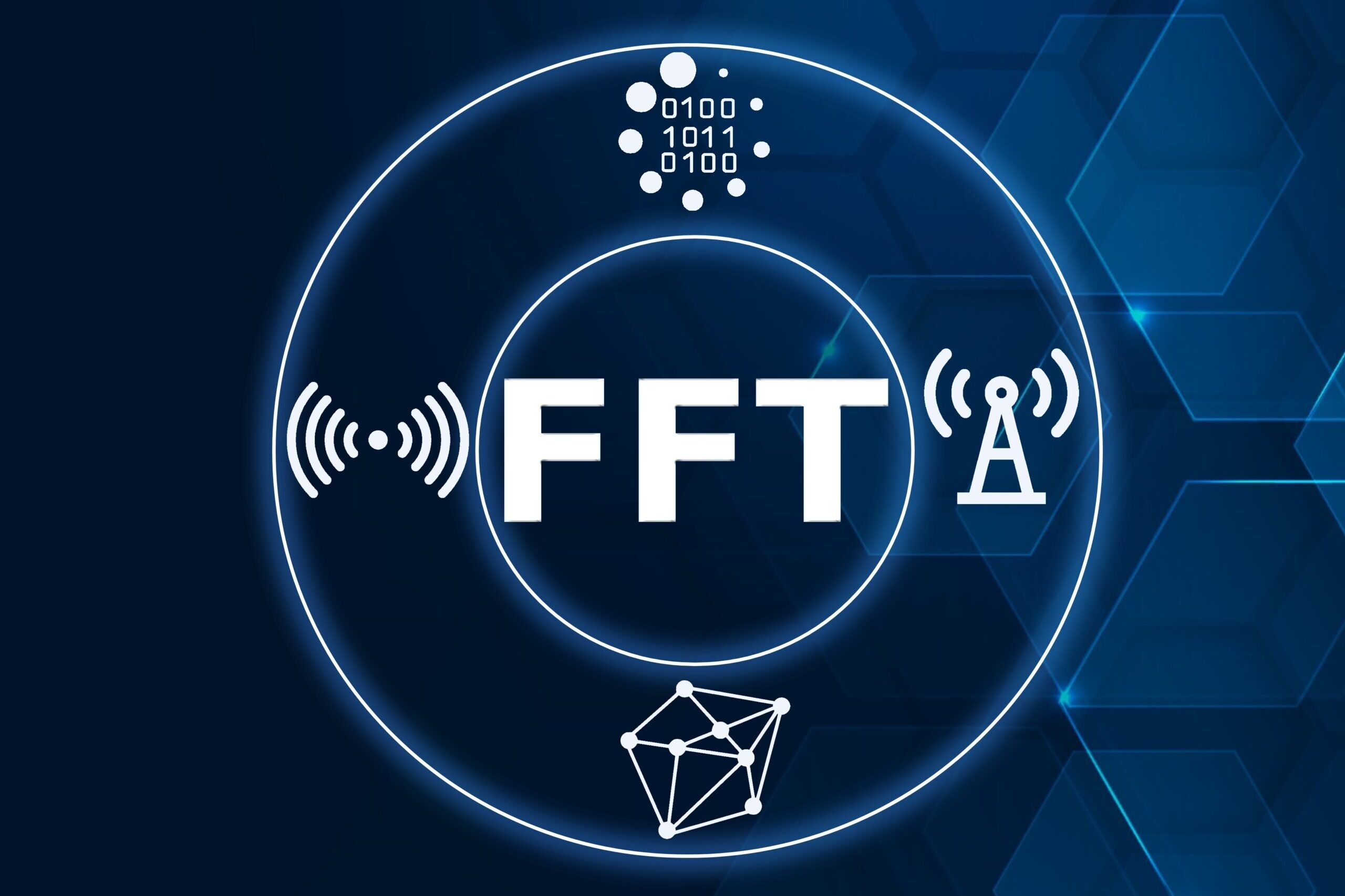Babu Dayal Padullaparthi, Jim Tatum, and Kenichi Iga
John Wiley & Sons, 2022
Reviewed by Ryan Aguinaldo, IEEE Photonics Society Newsletter Book Reviews Editor

A course on laser physics is expected in modern photonics education. A good course will even introduce contemporary device structures in traditional edge-emitting semiconductor lasers and more modern vertical-cavity surface-emitting lasers (VCSEL). By the end of such a course, the adept student will understand what makes a good cavity, how to design multi-layer reflectors, materials selection issues, and how to calculate various optical parameters. However, that student will often have a limited understanding of where such devices are actually used and the market factors that drive continued development. They may not even realize that they may be walking around with some VCSELs in their pocket (depending on the model of mobile device they have!). This point is where the excellent new book by Padullaparthi, Tatum, and Iga steps in.
VCSEL Industry is written in the mindset that the VCSEL market is a mature yet dynamic and growing market, forecasted at $40 billion in the next several years. Therefore the book aims to give the reader a deep understanding of that market, the key drivers and use cases of VCSELs, and the high-level engineering considerations that would be of most interest to an engineering manager, investment manager, or executive. As it is not the focus, the book does not go into the academic detail of traditional laser physics books (indeed, equations are confined to only a handful of pages). Yet, a strong background in laser theory is not necessarily assumed. In that sense, VCSEL industry is useful to two general camps of readers, those who do have a background in laser theory and now want to understand the industrial aspects of VCSELs and those who lack such background but are interested in knowing just enough to make well-informed business decisions surrounding VCSELs. Refining these sets of readers to more specific groups, the authors explicitly target their book to early-career researchers, engineers, entrepreneurs, investors, managers, and semiconductor executives alike. Interested people from each one of these groups will undoubtedly find utility in this book.
When a small set of authors come together to write a book, it is often the case that the authors are not credited for the specific parts that they wrote, rather they are each credited for the entire book. This is not the case with VCSEL Industry. Each chapter and appendix in this book are separately authored by either Padullaparthi, Tatum, or Iga. As such, this book has elements reminiscent of a contributed volume. For example, there tends to be overlap between different chapters, especially in their introductory and background paragraphs. This repetition may come as a slight amusement to the serial reader, but many readers will likely jump around the book based on their level of interest in the various chapters; for this reason, the minor repetition is appreciated as it aids in making each chapter essentially self-contained.
While the key application areas cited by VCSEL Industry are in communications and sensing, other use cases receive brief yet well-informed discussion, including illumination, night vision, industrial heating, and quantum, neuromorphic, and biomedical technologies. With communications and sensing receiving upfront treatment, special attention is given towards the end of the book for those same use cases enabled specifically by single-mode VCSELs. The history of VCSELs (starting with lasing in semiconductors) and fundamental VCSEL engineering are included at the beginning. Readers without a background in laser theory will find these introductory chapters valuable to quickly obtain the fundamentals of this field. Readers having a background in laser theory will also find these chapters valuable as a quick summary of the key topics specifically applied to VCSELs. A slew of appendices is also included, with topics ranging from further depth in VCSEL engineering, reliability, and safety to minority or emerging applications of VCSELs that don’t fit well within the main chapters.
It is clear from the organization and presentation of VCSEL Industry that its authors are experts in the field. Padullaparthi and Tatum are both executives in this industry, with the latter having been part of the team that produced the first commercial VCSEL products. Iga is the original VCSEL pioneer, having first proposed the device in 1977 and co-authored the first paper on the subject in 1979. The combined experiences of the authors culminate in what is truly a complete account of the VCSEL industry. Indeed, the authors were awarded the 2022 Wiley-IEEE Professional Book Award in recognition of the quality of VCSEL Industry. Anyone with an interest in this topic, whether from an engineering or business perspective, will profit from reading this book.





